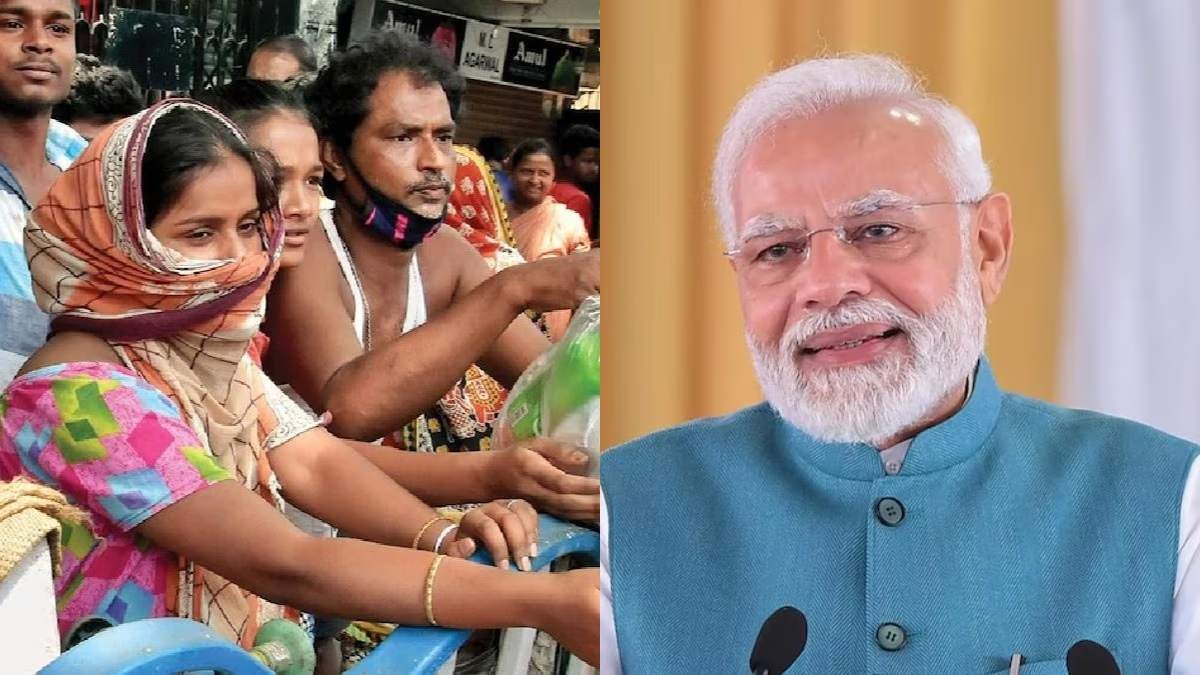India has been on a remarkable growth journey, recently surpassing Japan to become the world's fourth-largest economy, continuously earning global recognition for its achievements. Now, a heartening report from the World Bank showcases the significant strides made by Prime Minister Narendra Modi's government in combating poverty. According to this report, a staggering transformation has occurred over the past 11 years, with the number of people living in poverty plummeting from 27.1% to a mere 5.3%.
Emergence from Extreme Poverty
In 2022-23, as detailed in the World Bank report, India's extreme poverty rate fell to 5.3%. In the last decade's journey, a sharp decline has been observed when compared to the 27.1% of people living in extreme poverty in 2011-12. This transformation aligns with the World Bank's updated poverty line of $3 per day.
Between 2017 and 2021, considering India's inflation, the revised extreme poverty line of $3 reflects a 15% increase over the 2021 threshold of $2.15 per day, resulting in a 5.3% poverty rate by 2022-23. The rural poverty rate dropped from 18.4% to 2.8%, and urban poverty decreased from 10.7% to 1.1%, reducing the rural-urban poverty gap from 7.7% to just 1.7%.
26.5 Million Lifted from Poverty
Analysis of World Bank data reveals that in 2011-12, around 340 million Indians lived below the $3 daily poverty line. By 2022-23, this figure diminished to 75 million, marking a swift exit of 265 million from extreme poverty under Modi's government. The report further projects that in 2024, 54,695,832 individuals in India would be living on less than $3 per day, equating to a 5.44% poverty rate.
The Impact of Free Ration Initiatives
The World Bank report credits numerous free and subsidized food distribution schemes for their crucial role in reducing poverty statistics in India. These initiatives have substantially minimized the rural-urban poverty gap. Over the last decade, India has successfully reduced poverty significantly, as previously highlighted by a 'Poverty and Equity Brief' from April. Extreme poverty rates (living on less than $2.15 per day) dropped from 16.2% in 2011-12 to 2.3% in 2022-23, lifting 171 million people above this threshold.
Insights on Economic Growth
While the World Bank report praises the Modi government's accomplishments, it also notes that India's real GDP is about 5% below pre-pandemic trend levels by 2024-25. It anticipates that, with effectively resolved global uncertainties, growth will gradually reach potential levels by 2027-28.
Additionally, the report recognizes significant downside risks to the outlook due to ongoing global policy shifts and escalating trade tensions, which could dampen demand for Indian exports and delay investment recovery.




